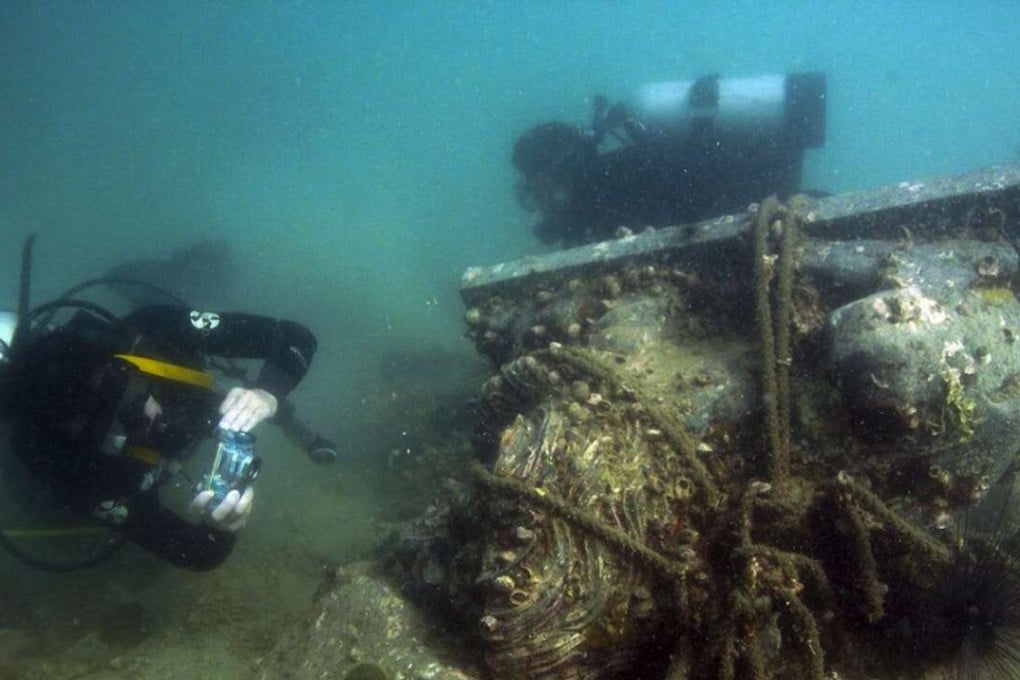Why so little of Hong Kong’s underwater heritage has been preserved

It was with a flurry of exultation that free-spirited Romantic poet Lord Byron wrote of how man’s control “stops with the shore”. Hong Kong’s underwater archaeologists, however, looking to discover, document and preserve relics of the city’s maritime past, have been less exalted to find the same applies to concern for local heritage.
Although heritage conservation has become a focal point in public discourse in Hong Kong, Bill Jeffery, leader of the Hong Kong Underwater Heritage Group, says: “Archaeology tends to stop at the waterline, but history does not.”
This summer, two significant artefacts were recovered by the group in waters around Basalt Island and High Island. One, a granite anchor stock suspected to date from the Song dynasty (960-1279), is believed to be Hong Kong’s oldest marine artefact. The other is a 19th-century cannon.

Hong Kong has laws mandating heritage assessments, yet they often fall by the wayside. Professor Steven Gallagher, an expert in heritage law at the Chinese University of Hong Kong, says developers’ interests often trump environmental or heritage concerns locally.